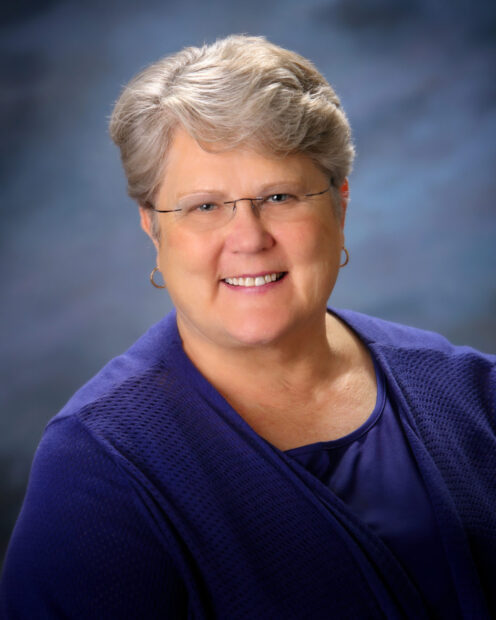During my 43 years as an educator and administrator, I’ve watched thousands of young people graduate from high school either ready for the next step, or not. Many had thought about and prepared post-high school plans and were eager to enroll in college or a career technical program, join the military or a family business. Many others, frankly, were terrified that high school was ending because they didn’t know what they were going to do next.
Last week, a committee headed by my Board colleague Debbie Critchfield met to discuss ways we can better prepare all students for life after high school by emphasizing early learning, planning, guidance and preparation. It is a concept we call guided pathways, and it is included in the recommendations developed by Governor Otter’s Higher Education Task Force.
“Idaho is not alone in grappling with this,” Critchfield said. “Our committee is looking at ideas both here in Idaho and from other states that we think we can use to smooth out our system in order to create a clearer pathway for students and parents throughout the educational process.”

For instance, an Arizona school district partnered with a university to create a “College for Parents” program designed to better engage parents at the beginning of their child’s education, so that they become full partners in guiding their child’s educational path.
The 12-week voluntary program ends with a graduation ceremony where each parent receives a framed certificate. Both parents and students emerge from the program understanding the importance of education and the role that parents can play in ensuring their children succeed.
Some of these guided-pathway ideas are already in place here in Idaho. In Burley, a program will launch this fall to teach machine-shop operations to high school students in the Cassia and Minidoka school districts. We can build on this example by creating an Idaho BEST (Business Engaging Students and Teachers) program providing internships, apprenticeships and work-based learning opportunities.
College-and-career centers in high schools is another idea already in play in some high schools in Idaho and in Oregon. These centers might be staffed by parents and retired volunteers who can help students plan their future.
“Our guided-pathways committee is made up of high school counselors, teachers, college-transition coordinators and parents groups,” Critchfield said. “We are looking at program ideas and we are also identifying ways to iron out some of the kinks in the educational pipeline as part of our overall “system-ness” approach, which is at the heart of the Higher Ed Task Force recommendations.”
One particular area of emphasis is how the educational system can better serve underserved populations of students. For instance, recent data shows that minority students and those eligible for free-and-reduced lunch are less likely to take advantage of the Board’s advanced-opportunities initiatives, such as the dual-credit program where students can earn free college credit while still in high school.
“We want to make sure we are developing strategies specifically aimed at improving the system for these students,” Critchfield said. “It may be as simple as communicating better with students and parents about the advantages of taking dual credit courses. There are ways we can improve the system that won’t cost anything.”
The Guided Pathways Committee will continue to develop and refine strategies for improving our system this summer. The committee will present its plan to the State Board in August, but I’ll give you a sneak peak in a follow-up article before the meeting.
This is exciting work that can make a difference. It can help Idaho build on the percentage of students who go on from high school to earn a technical certificate or college degree, improving our state’s overall workforce and economy, and the prospects and lives of our younger citizens.
Written by Dr. Linda Clark, president of the Idaho State Board of Education.
